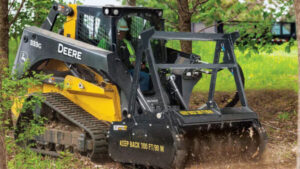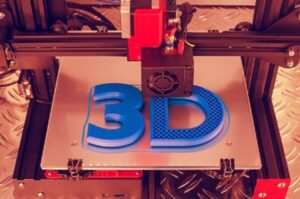Smoke Detectors: Purpose, Types and Features
3 min read
Smoke Detector
Fire detectors are the basis for operating any facility’s fire protection system. With the help of installed sensors, the alarm system receives data from the object, analyzes it, and makes a decision when a dangerous situation occurs.
Installing fire alarm systems involves not only installation but also the correct choice of such detectors. Installation is carried out considering the object’s characteristics, location, and operating conditions. A properly installed detector allows you to identify the problem promptly and localize the ignition source.
Types Of Fire Detectors
Modern fire sensors are divided into several separate types according to the principle of action:
- Heat;
- smoke;
- flame;
- gas and others.
Heat Detectors
Heat detectors are most often used. They are special sensors that react to temperature changes in an object. The principle of operation of such detectors resembles that of a conventional thermostat. They can be placed in any required location. For objects with an aggressive, dusty atmosphere or under low-temperature operation, it is recommended to choose a linear type of sensor.
Standard sensors are divided into disposable and reusable. The first type of sensor is recommended for small rooms. After triggering, the sensor needs to be replaced as the sensing element exhausts its lifetime. Reusable sensors do not need to be replaced after triggering.
Smoke Detectors
Detectors of this type differ from thermal detectors in that they do not react to heating but to the appearance of smoke in the air, indicating the appearance of a smoldering source. Sensors of this type are recommended to be mounted on ceilings near ventilation ducts and hoods. This provides increased system efficiency and maximum protection against fires.
Flame Detectors
Such detectors work by detecting open sources of flame. Control is carried out in the ultraviolet, infrared, and electromagnetic ranges. The equipment itself is pretty expensive, requiring additional filters to protect sensitive sensors. It is recommended for installation in dusty, gassy areas, where the work of other types of sensors can be difficult. Usually, these are industrial and commercial facilities; installing such detectors is inappropriate for private homes and apartments.
Gas Detectors
Sensors of this type monitor the composition of the surrounding air. They should be placed on objects where boilers, water heaters, and other gas equipment are located. When a certain concentration level of certain substances is exceeded, the sensor turns on and signals to the remote control.
Testing Of Fire Smoke Detectors
Testing fire detectors is one of the main elements of a facility’s overall fire protection compliance process. The maximum accuracy and reliability of testing detectors show the so-called functional test. Under the functional test, it is accepted to understand the testing of detector operation using chemical, physical, or combined impact on a particular measuring chamber or a sensitive device element.
Testing Of Different Types Of Detectors
Many countries’ standards currently include specific requirements for testing gas fire detectors, which requires more thorough testing. Similarly, standards for testing smoke detectors have recently undergone similar revisions.
For example, American and French standards require that the sensitivity of smoke detectors be systematically measured during operation and that the standards for specific measurement methods remain consistent.
Today, testing of fire detectors of any kind has become easier and more accessible, so the functional test is carried out frequently and without much time.
Testing Of Smoke And Gas Detectors
A particular device containing an aerosol is usually used to test smoke and gas detectors.
For example, you can use the SOLO 330 device with the SOLO A3 aerosol. For smoke detector testers, it is common to use a smoke simulator (aerosol) called SOLO A3. It is worth noting that SOLO A3 does not leave any traces on the detector housing and measuring chamber and does not affect the detector’s sensitivity in any way.






